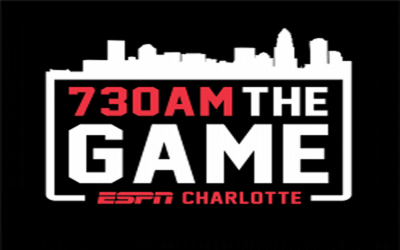By: Payton Mitchell
The introduction of Name, Image, and Likeness (NIL) rights, combined with the legalization of sports gambling, has significantly altered the flow of money in college athletics.
Sports betting revenue in the U.S. jumped 25.4% in 2024. Notable forms of sports betting include player props, moneylines, point spreads, over/unders, parlays, and futures, each offering different ways to wager on individual and team performances.
In 2018, the U.S. Supreme Court struck down the Professional and Amateur Sports Protection Act (PASPA) in a 6–3 decision, ruling it unconstitutional under the Tenth Amendment. This allowed states to legalize sports betting, including on college sports.
Since then, the industry has grown rapidly, with many states embracing legalized betting. This shift, combined with the rise of NIL, has significantly changed the landscape of college sports.
For years, the NCAA has had the Moto “Don’t Bet On It” when it comes to gambling on college athletics. It is illegal for any person associated with the NCAA to place a bet or provide information regardless of the sport.
Despite this rule, in 2023 the NCAA conducted a survey asking compliance directors if they had dealt with sports betting problems. 27% stated that they had dealt with sports gambling related issues.
The NCAA has had multiple problems with the sports gambling industry over the years. Multiple basketball programs have been involved in Point Shaving Scandals.
Schools involved include, City College of New York (1951), Boston College (1978-1979), and Tulane University (1984-1985).
With sports betting becoming legal and even more popular, it now increases athletes’ abilities to increase their brands and earn more money through NIL.
Players who generate betting interest due to strong individual performances often attract more attention from sponsors and NIL collectives. As these athletes gain exposure, their elevated profiles catch the eyes of boosters from other schools, increasing their perceived value and transfer appeal.
This ripple effect not only drives up individual NIL earnings but also boosts the overall marketability of players across the NCAA, fueling a more competitive and money-driven environment in college athletics.
Embed from Getty ImagesWith sports gambling becoming even more accessible it allows anyone to provide towards a player’s NIL.
Gambling allows individuals to earn extra income, and some are using those winnings to support their favorite college teams through NIL collectives. As more money flows into these collectives from bettors and boosters, the market for college athletes becomes increasingly inflated.
Player value is no longer based solely on performance but also on the market they attract, much of it influenced by the gambling economy.
This trend directly influences NIL, making athlete compensation more competitive and market based.
Increases in gambling also bring concerns about Athletes mental health.
One in three high profile athletes have reported receiving abusive messages from someone with a betting interest, according to the NCAA.
These messages are often tied to missed plays or poor performances based on player props, which can take a significant toll on an athlete’s mental well-being, adding pressure and anxiety beyond the game itself.
As sports gambling grows, spending in college athletics, especially on NIL deals, is set to increase as well.


